Review and Field Notes: Subal ND4
Lens choices for the D4 and FX cameras.
The ground breaking D800 has prompted plenty of Nikon shooters to make the jump to full frame and there has been lots of discussion about lens and dome choices and the differences between shooting FX and DX. I am not going to answer it all here, but I will run through the lenses I commonly use on FX, with some comments on port setup etc, since I have been shooting digital FX Nikons underwater since they were first introduced with the D3.
I have always loved shooting fisheye underwater and while a small part of me misses the flexibility of the Tokina 10-17mm, a much bigger part of me is happy to be back exploiting the quality of prime fisheye lenses again. If Nikon finally releases a true D300 replacement (D9000?) I will probably use the quality 10.5mm fisheye, much more than the Tokina. I miss it so little.
I mainly use the Nikon 16mm with the D4. This lens resists flare better than the Sigma 15mm when using the sun in my photos. Also because I mainly shoot with the Zen 230 dome for wide angle, the close focusing advantage of my Sigma 15mm is pretty much redundant because such a big dome has a minimum distance where good lighting can be achieved (which the Nikon 16mm can focus to anyway).
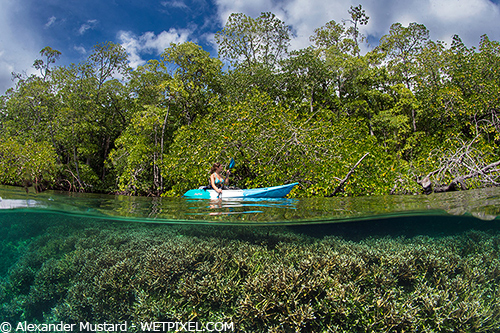
I do use the Sigma 15mm in the Zen 230 and particularly in smaller domes on FX. My favorite small dome for FX is a <6” dome made for my by Ken Sullivan in the UK. This dome performs optically like a 4” dome on DX (i.e. very well with a close focusing fisheye), allows me to light very close to the dome, and does not require me to shave my Sigma’s lens hood. It is also lighter than a glass 4” dome for travel.
I have shot a shaved Sigma 15mm behind a 4” dome (on the D800 in the Red Sea, thanks to Adam Hanlon), but I feel that the lack of corner sharpness is too much of a compromise too much of the time. I am happy with the performance of the Sigma 15mm behind the 4” dome when used with a teleconverter for WAM and CFWA. The TC restricts the angle of coverage and also the corner sharpness problems.
For rectilinear wide angle, the Nikon 16-35mm is the best lens for underwater use. Ryan Canon first put me on to this lens for FX, lending me one for the Wetpixel/JASA trip in 2010. It has been a favorite ever since.
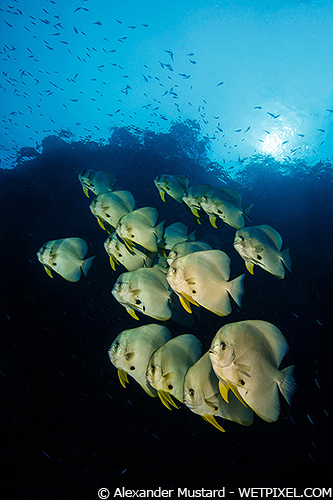
The more expensive Nikon 14-24mm is a better lens on land, but it doesn’t achieve good enough corner sharpness underwater for all round wide angle photography. The 14-24mm is fine with big animals in open water, where corner sharpness is less critical and I did use it (again thanks to Ryan for the loan) to take one of my favorite photos with the D4 last year of a school of mobula rays on Wetpixel’s Isla Mujeres trip in August. But I wouldn’t use the 14-24mm on a reef or wreck.
The 16-35mm still requires a large dome (I use the Zen 230), long port extension (I use 65mm on my Subal) and to be stopped down (if in doubt use f/13) to perform well underwater. But I am pleased with its performance and used it for many of my well known Iceland photos, which have been widely published.
For mid-range shooting I have an old Sigma 28-70mm f/2.8-f/2.8, which I use because it is relatively lightweight for travel. I’d suspect that Nikon’s 24-70mm would be even better, but I can’t justify the price or travel weight for a lens that only sees sparing use.
The Nikon 60mm macro lens is surprisingly wide on FX (for those used to it on DX) and actually covers a decent range of larger subjects. It is well worth investigating its coverage before purchasing a dedicated mid-range zoom lens.
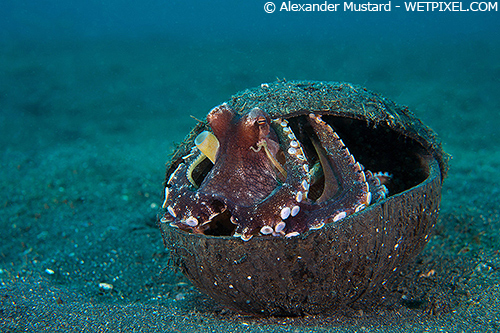
However, I use the 105mm lens most frequently. It is great for normal fish portraits, behavior shots and I find the built in stabilizer is an advantage when shooting longer exposures, to get a blue water background for wildlife subjects. It is excellent lens for macro, although does usually benefit from the additional power of external diopters for smaller subjects. On DX I tend to prefer the Subsee +5, while on FX I prefer the Subsee +10.
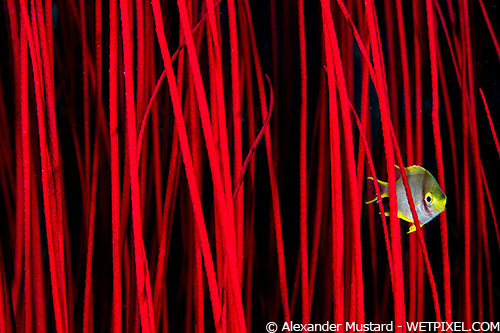
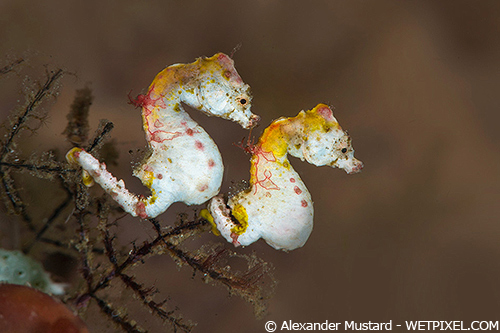
Good quality teleconverters are also very helpful with Nikon’s latest FX cameras. A 1.5x teleconverter will restore you lenses to the angle of view you are used to on DX (oh the irony after the fuss when film users switched to DX digital)! I use a Kenko 1.4x TC with my Sigma fisheye lens, but only when the subject matter requires it. I use Nikon 1.7x and 2x AF-S TC with the 105mm, which are expensive, but much better quality than the Kenko ones. The latest Nikon bodies will AF well with a teleconverter (down to f/8), although I tend to avoid using 3D tracking AF and AUTO Area AF because these modes needs more light to perform best. Instead I tend to use single point. I also have a Sigma 150mm f/2.8 macro lens, which I like a great deal, but baggage allowances have prohibited me from taking on recent trips.
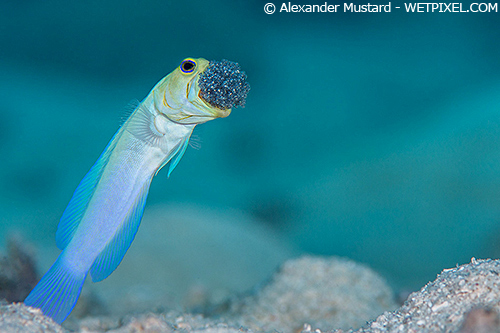
There is much debate on the suitability for FX for super macro, but whatever your view it is important to remember that impressive super macro images can be recorded in FX, without the need to crop. But you will be reaching for accessory lenses such as teleconverters and wet diopters more quickly without the benefit of DX’s 1.5x crop.
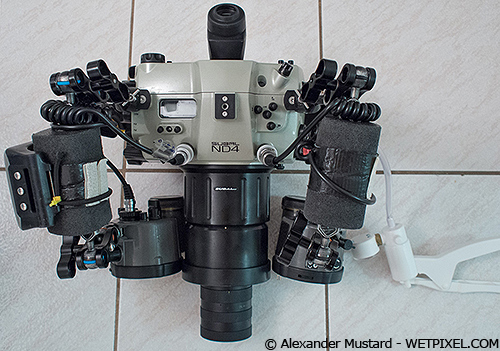
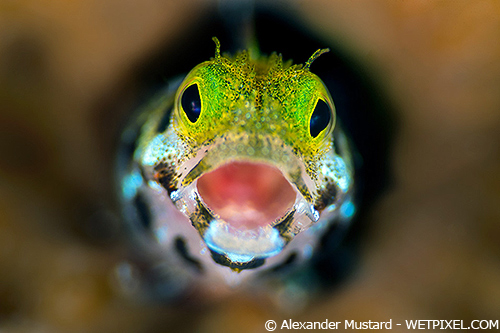
A major plus for shooting super macro with the D4 is the viewfinder quality, which greatly aids judging focus when working with razor thin depth of field, especially when viewing through macro lenses, diopters and teleconverters.